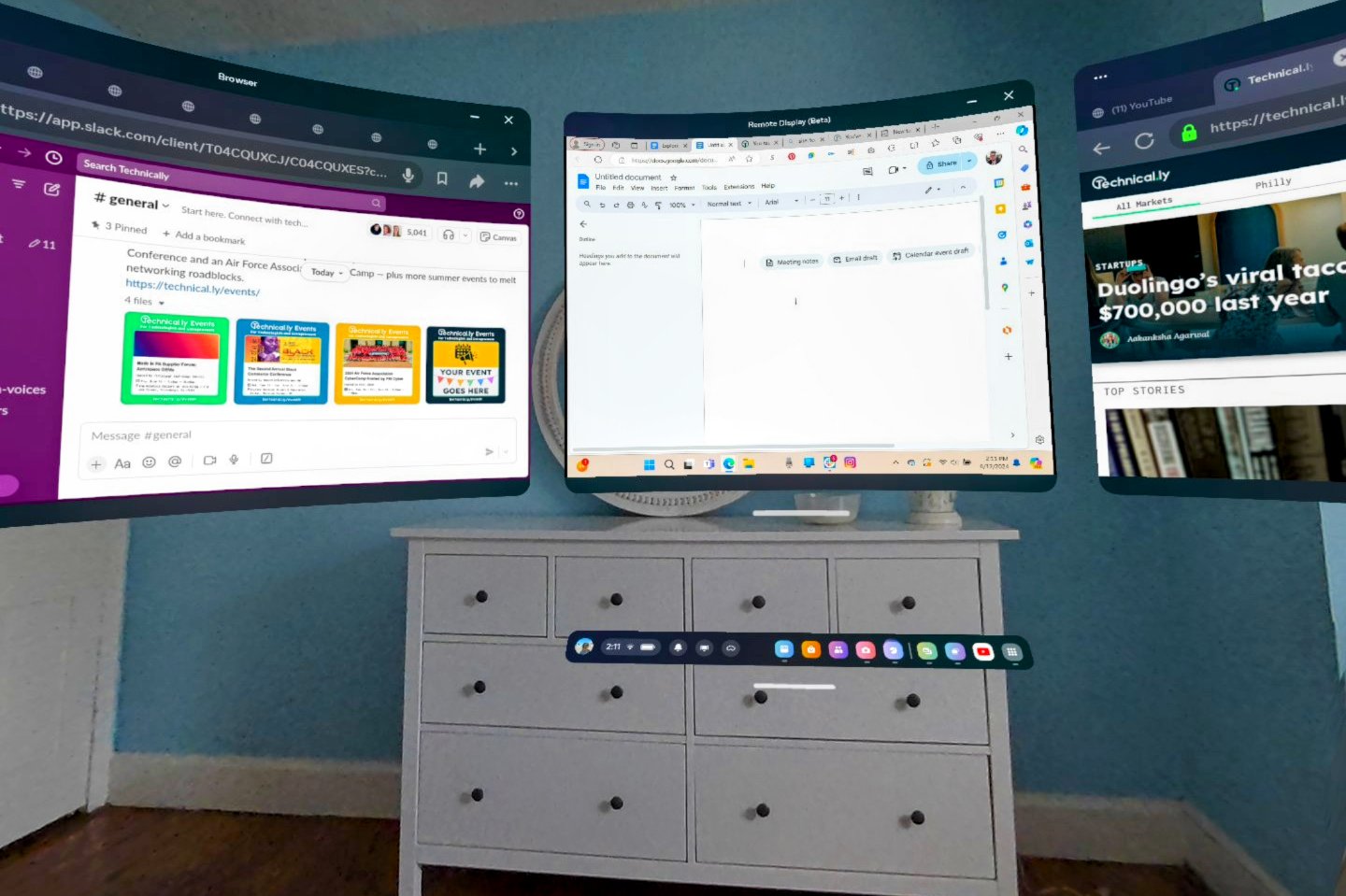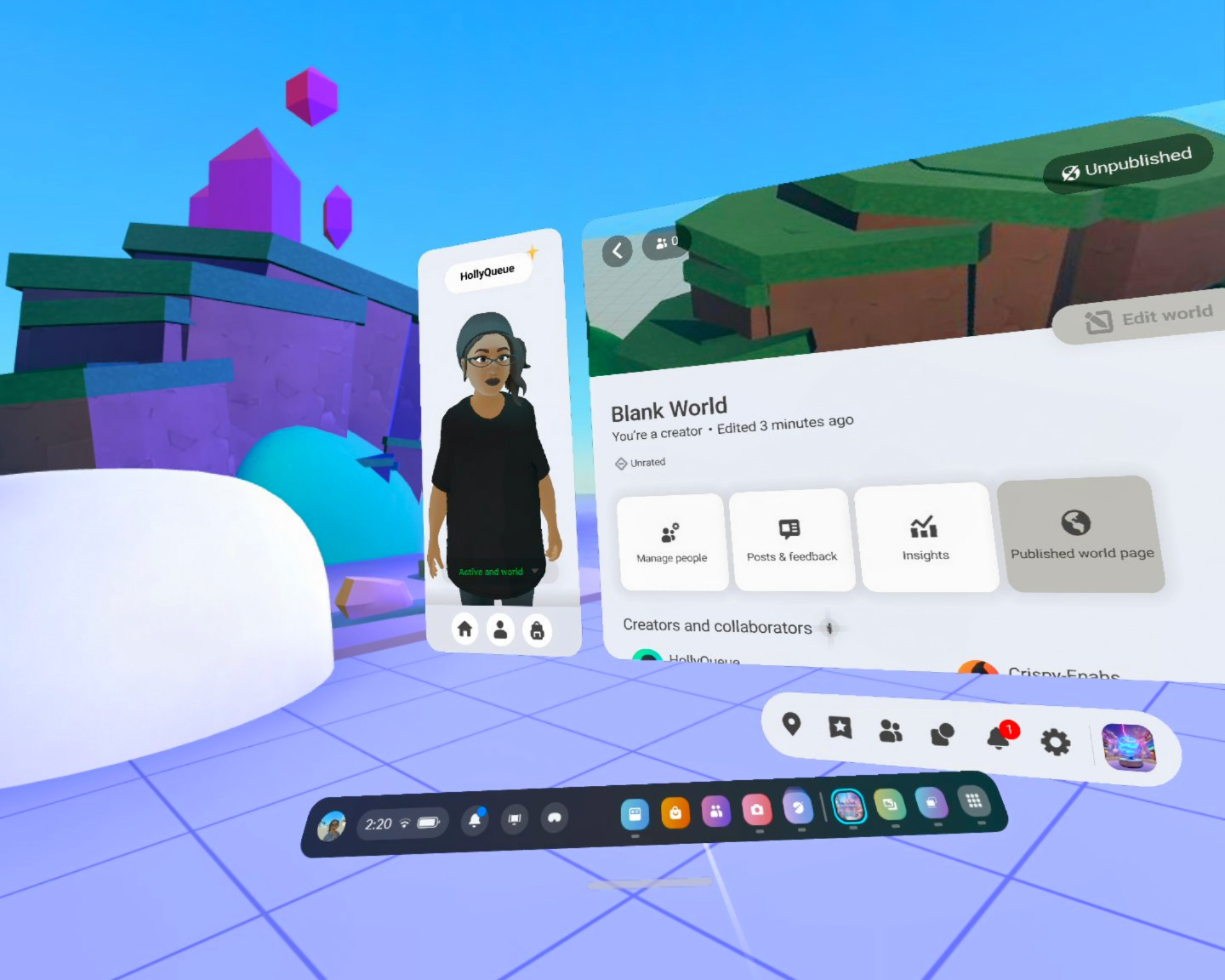As a tech journalist whose educational background is in neither technology nor journalism, tech has played a big part of my journey from art student to Technical.ly senior reporter.
I made my way into community journalism through arts and entertainment. I’ve written for blogs, competed for gigs on Elance (now UpWork), got regular work with AOL when it experimented with new content models in the early 2010s. Tech has allowed me to work remotely since 2000. I taught myself HTML, GIMP and Windows Moviemaker. Still, it would be a while before I thought of myself as someone who was into adopting emerging tech.
Some tech journalists are swimming in gadgets, sent to them by tech companies to test for review. At Technical.ly, we don’t do reviews, and we don’t receive free gadgets. It’s just not our beat, as our coverage focuses on local startups, ecosystems and people first and foremost.
That means any tech we adopt that isn’t specifically a work tool, we pay for ourselves. Tech adoption can vary widely in a newsroom like ours.
Personally, I love new and emerging tech. I’m an unapologetic Android/PC user who doesn’t mind testing the waters of new technologies. Here’s some of the tech I use regularly, for work or personal life that you might want to use, too:
Otter.ai is getting better, but so are built-in smartphone recorders
While it’s an indispensable tool for reporters, I actually resisted using a voice-to-text transcriber at first, preferring to record interviews and listen to them again in full, pulling accurate quotes as I went. I started using Otter around 2021, when it was a relatively simple AI transcriber. It didn’t take long for me to realize that, even with sometimes-wonky transcripted quotes that don’t stand alone without a listen, it saves a stunning amount of time.
After the release of ChatGPT, Otter became more powerful. It automatically generates a summary of the conversation, including a bullet-pointed list of action items, if it detects them. You can also ask Otter’s generative AI chatbot questions, like “what year was xyz startup founded?” and, if the information is in the interview, it will give it to you.
Otter is definitely a work in progress, text output can be spotty, and, like most AI tools that store data, privacy is an ongoing concern. I do have an alternative that stores transcriptions on my phone — Samsung’s Advanced Intelligence feature in its Voice Recorder app, which unlike Otter can also translate recordings. (Apple is rolling out something similar, minus the translation feature).
Samsung’s Live Translate and Circle to Search are top tier AI
Mobile AI has been in the news lately since Apple announced its Chat-GPT-powered AI features for its products, including two iPhones models.
I bought myself a Samsung Galaxy S24 Ultra in January, partly to check out its proprietary AI features, which were later released to earlier Galaxy devices.
The coolest feature is one I don’t get to use much, but is great to have: Live Translate, which allows people to have real-time conversations in different languages with translations in text or automated voice.
A feature I do use often in Circle to Search, where you can circle something on the screen with your finger or your phone’s S-pen and Google will search for it. It sounds basically like Google Lens, but it’s actually a lot more accurate.
For example, I recently took a photo of a bird in my yard, cropped it and used both Lens and Circle to Search to identify it. Lens seemed like it was throwing spaghetti at the wall (a grackle, maybe?), while Circle ID’d it confidently as a gray catbird.

AI is built into my phone’s camera and photo editor, though I use it pretty minimally. The AI editor really can erase objects in a single click, though.
CoPilot can virtually do it all, but I just don’t use it much
I will give Microsoft’s CoPilot this: I rarely have to go to different platforms to do different things, like ask for a link to a source of data, make a table or create an image. It can do it all.
The worst thing about CoPilot is that it’s part of Microsoft Edge/Bing, which is generally not my favorite search engine. I don’t use it very much, but when I do, it does what I need it to do.
XR is in its GeoCities phase (and I like it)
If you miss the messy early days of the Internet, the XR space — virtual reality, augmented reality, mixed reality/spatial computing, “metaverse” — is the place to be. Things are experimental, sometimes nonsensical, like a 2002 GeoCities WebRing.
I use XR pretty much every day. My main headset is the Meta Quest 3, which I picked up on release day last October as an upgrade to the Oculus Quest 2. I use it for Fitness like VXFit with an exercise bike, Beat Saber, entertainment, games (mainly pinball and mini golf), social or collaborative usage, creative and some work.
A couple of years ago I wrote an article about working in virtual reality on the Quest 2. It was awkward and pretty unproductive, and I didn’t see myself working in XR any time soon. By no means do I do a lot of my work on the Quest 3, but when I do it feels a lot more seamless with every update. Plus, Quest 3 has had several major updates in 2024.
Apps like Immersed and vSpatial that I used in the ‘22 article have evolved, but when I do work in XR, I’m using Meta Remote Display linked to my PC laptop with Slack in a browser window on one side and another browser on the other. It works well when I want to work distraction-free for a while, or want to look at two or three screens simultaneously.

My favorite way to use XR is creation. MR headsets like the Quest, Playstation VR, HTC VIVE, Valve Index and Apple Vision Pro are almost always seen as purely consumption devices. And in some cases, the devices are designed more to consume to create.
I’m learning to create in XR in two areas: worldbuilding in Horizon Worlds (which is better compared to Youtube than Netflix for immersive interactive spaces — you can create whatever you want within the TOS and upload it for free) and creating Immersive video.

360 video is fun, but I wish 180 was more accessible
After gaming, immersive video experiences are probably the most popular way to interact with XR. Recent advances like the availability of 8K video and affordable 360 camera have meant that creating VR video isn’t just for professionals anymore, for better or for worse.
Inspired by some of my favorite creators, I picked up the Insta360 x4 and have used it, so far, to make quick videos and images.
A few years ago, Google and other companies started leaning into 180-degree 3D video, much of which is no longer supported as the industry turns more toward 360 video.
I’d much rather have a new, affordable, still-supported 180 camera than a 360, to be honest. Yes, being able to look all around in 360 is cool and the limited field of view in 180 is kind of annoying, but 180/3D looks so much better.
But for now, 360 it is, at least until Acer’s SpatialLabs Eyes Stereo Camera comes out later this year.









